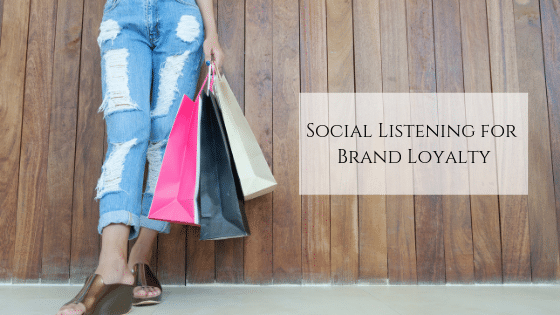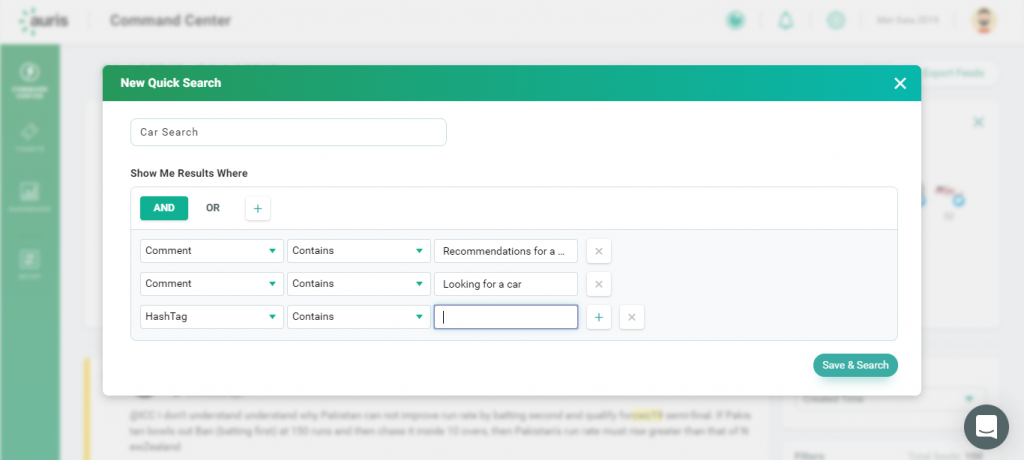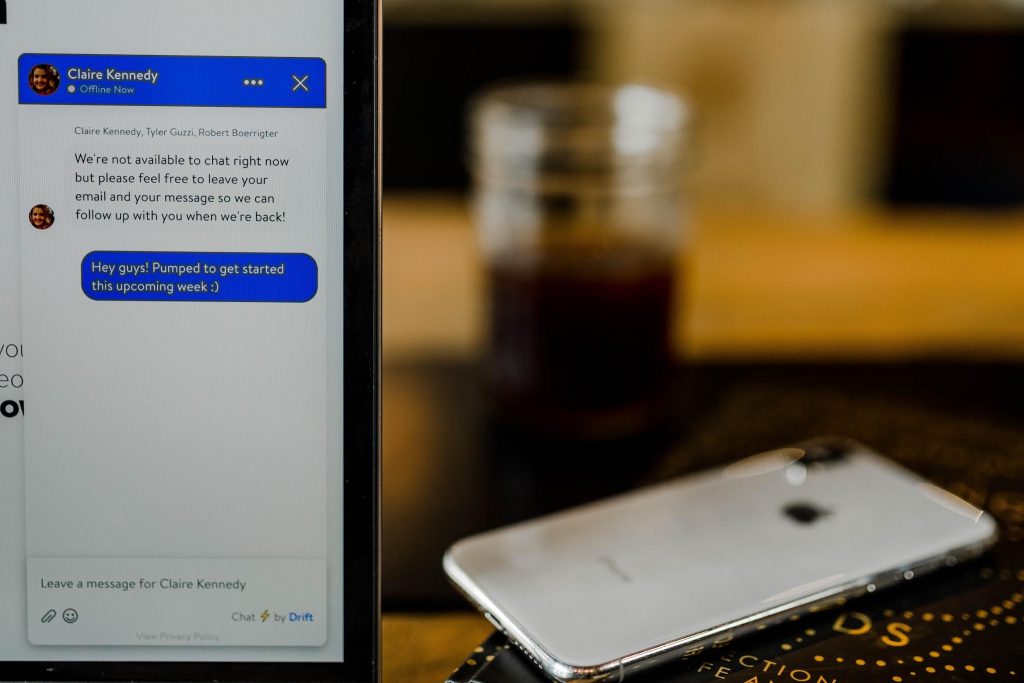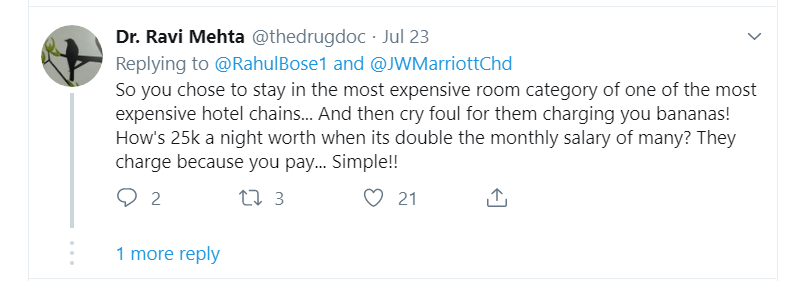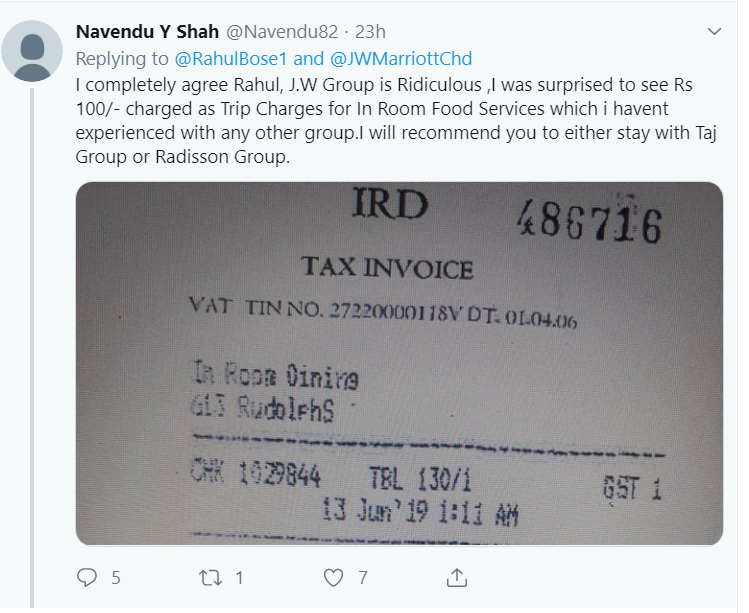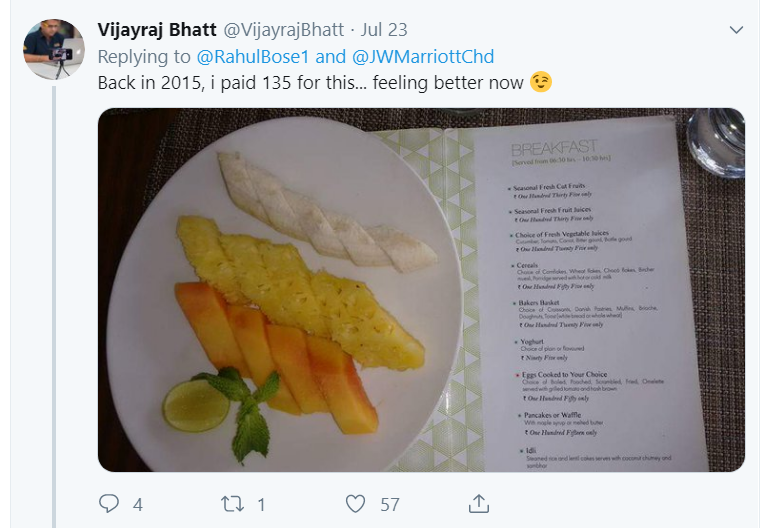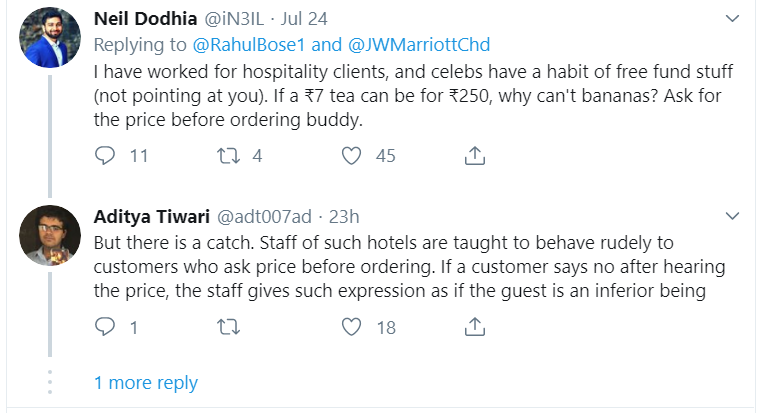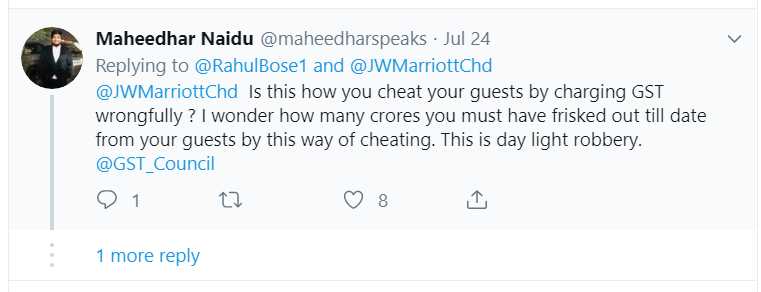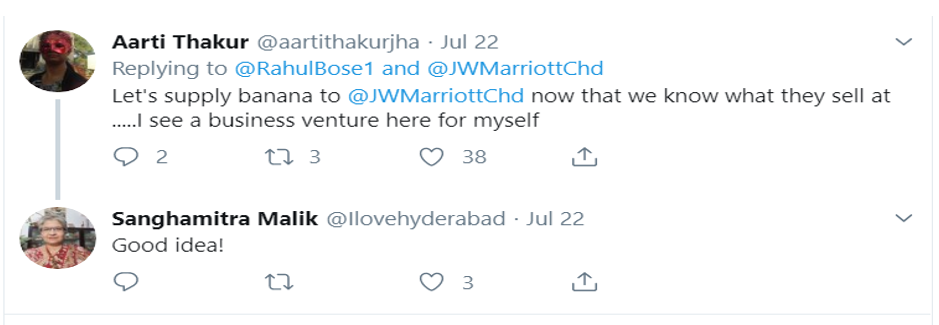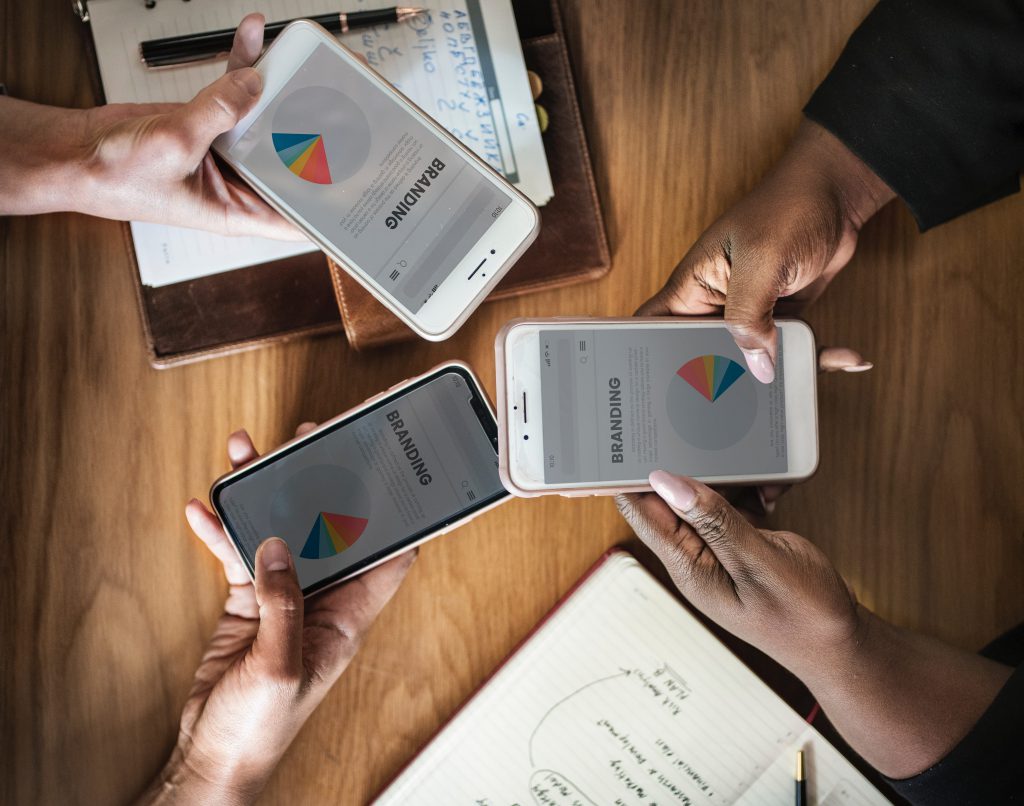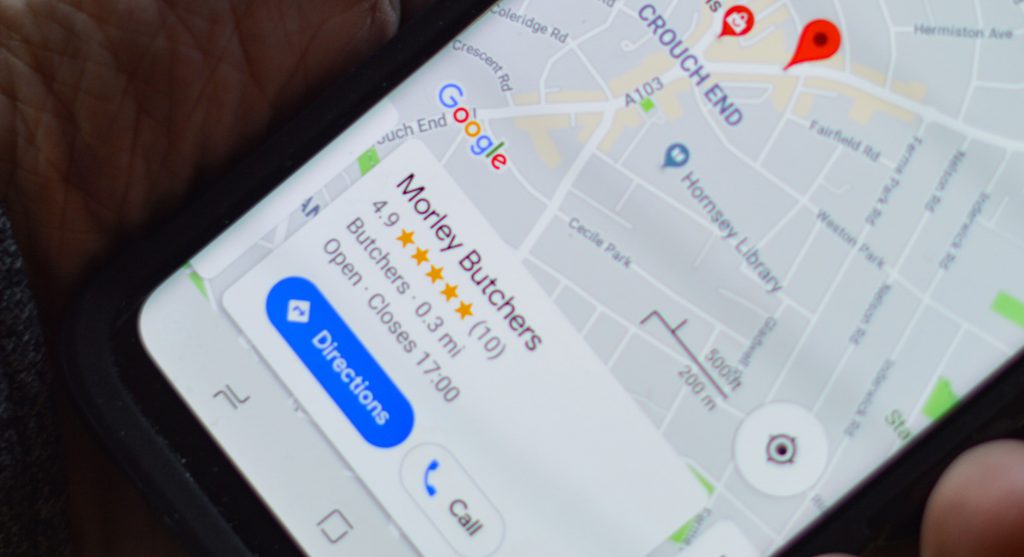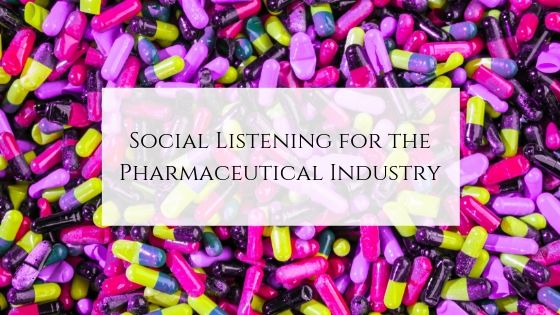Social Listening for Brand Loyalty
Brand loyalty is the emotional connect that is built when a customer can really trust a brand. Business expansion and acquiring new customers are worthy goals but can’t come at the cost of losing one’s existing customer base. A loyal customer-base can actually help you to acquire new leads. Statista says 65% of customers demonstrate brand loyalty by purchasing more products/services. 61% of such customers will also recommend their brand and its products to friends and family.
The long and short of it is that the key to success lies in converting your existing customers into brand loyalists before you go looking for more of them.
What makes Your Customers Buy from You again?
The answer to this sounds very simple. If they love your brand, they would return as customers. However, as simple as it may sound, being everyone’s preferred brand is not so easy. The one thing that can make it easy is your ability to know what your customers think of and expect from your brand. Reaching out to resolve their issues with any of your products and customizing your offerings to their specific needs will go a long way to make them love your brand. After all, everyone loves being taken care of. Studies show that around 77% of customers will stick to one brand or become brand loyalists if they feel connected.
One of the most economical and easy ways to get to know your customers is to listen to the comments, reviews, and chatter they post online and on review boards. Social listening helps you do this very well and provides you first-hand information right from the customer in real-time.
How does Brand Loyalty come into Play?
The key is to connect with your customers. If your current set of customers are happy, they will purchase more, keep revisiting and spread the good word for you. It is every bit a win-win situation for you.
The Art of being Associated
It is always a relief to see a familiar face in a strange crowd. On the same lines, put your customers at ease by making them feel how much you care about their interests and needs. If they express a need to which you can’t cater immediately, use their contact details and let them know when you are able to do so. It is possible today to know what your customers think of your brand or what their needs are in general. Use a social listening tool to begin monitoring the comments online which mention your brand. You can dive deeper to analyze them, once you get more comfortable with the tool.
Create the Experience
Sometimes it is possible for just the simpler things to make people remember you. These can be the courteous behavior of your staff members, the ambiance of your restaurant business, or the overall experience created by your product/service. A brilliant example of this is Disneyland. The Walt Disney Company came up with this fantastic concept of converting the intangibles into tangibles and making it possible to monetize them. Their animated films and television shows can now be seen and realized in live-action shows, making the audience remember the whole experience. The awe created in the minds of your audience makes them want to associate with your brand. And this can be achieved using well-planned marketing campaigns.
What’s more? Social listening can help you gauge the interests of your target audience and cater to them better. Sometimes the feedback your customers have can help you tweak things within the department. For instance, a lack of post-sales customer support can affect the overall experience of your customer. Listening to the reviews, you can reset the processes of your post-sales support team or create one.
Value Proposition and Quality Assurance
It has been famously said that the modern customer does not simply buy a product, they buy solutions to their problems. If your product fails to offer a true value proposition or prove its worth, chances are that it will not sell. Brand loyalty demands a strong value proposition and quality products ably enhanced by a support team. These essentials can be honed to perfection using social listening. Social media comments and reviews practically present an open book of research data to you and social listening tools filter out the most relevant ones for your immediate attention. Furthermore, the analysis presented by these tools helps you know more about what interests your audience, what causes negative chatter and so on.
Gaining customers and turning them brand loyal is most certainly not the easiest of tasks. However, with the data-driven approach of a social listening tool, the results can be realized sooner, and the quality of the offering is improved.

